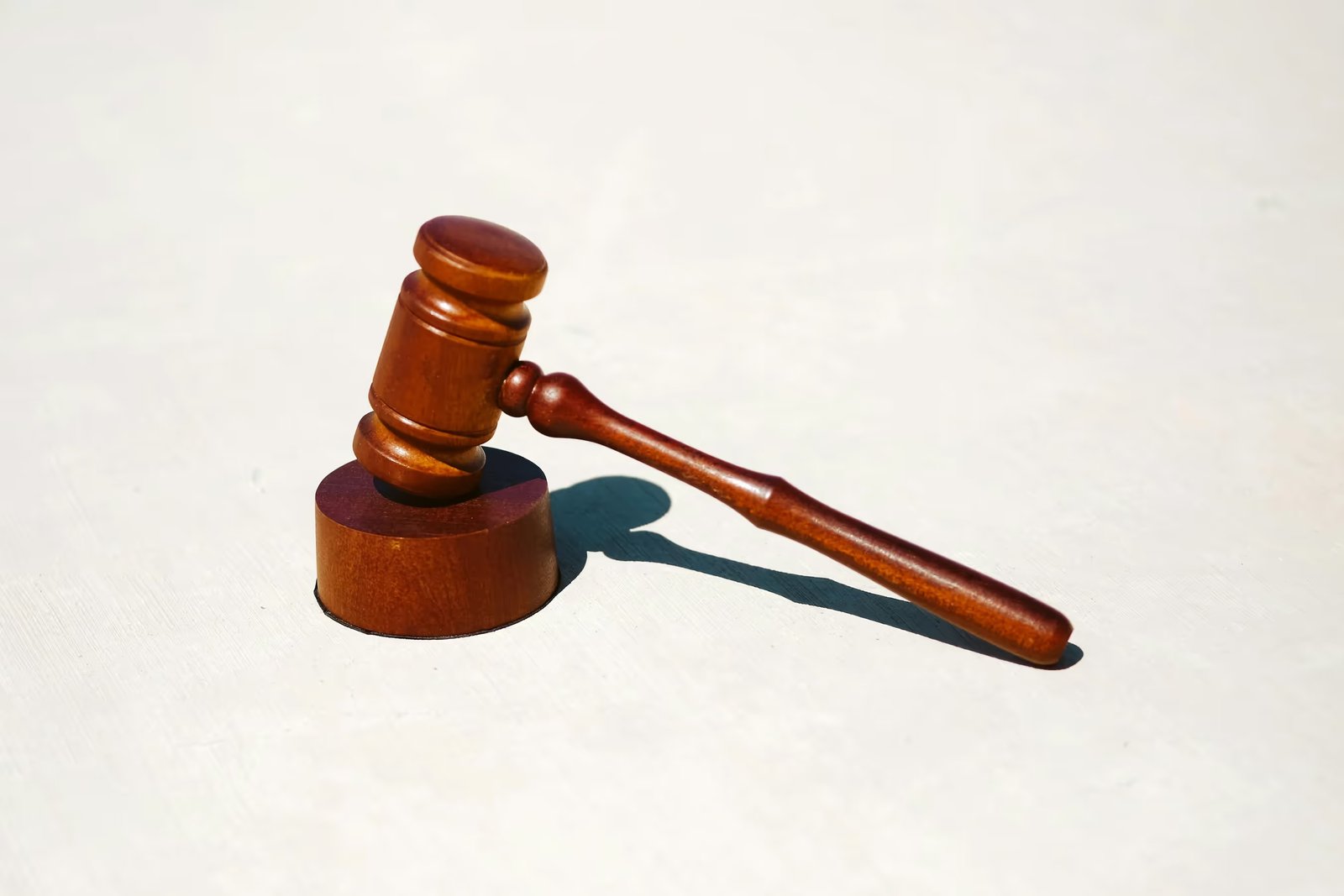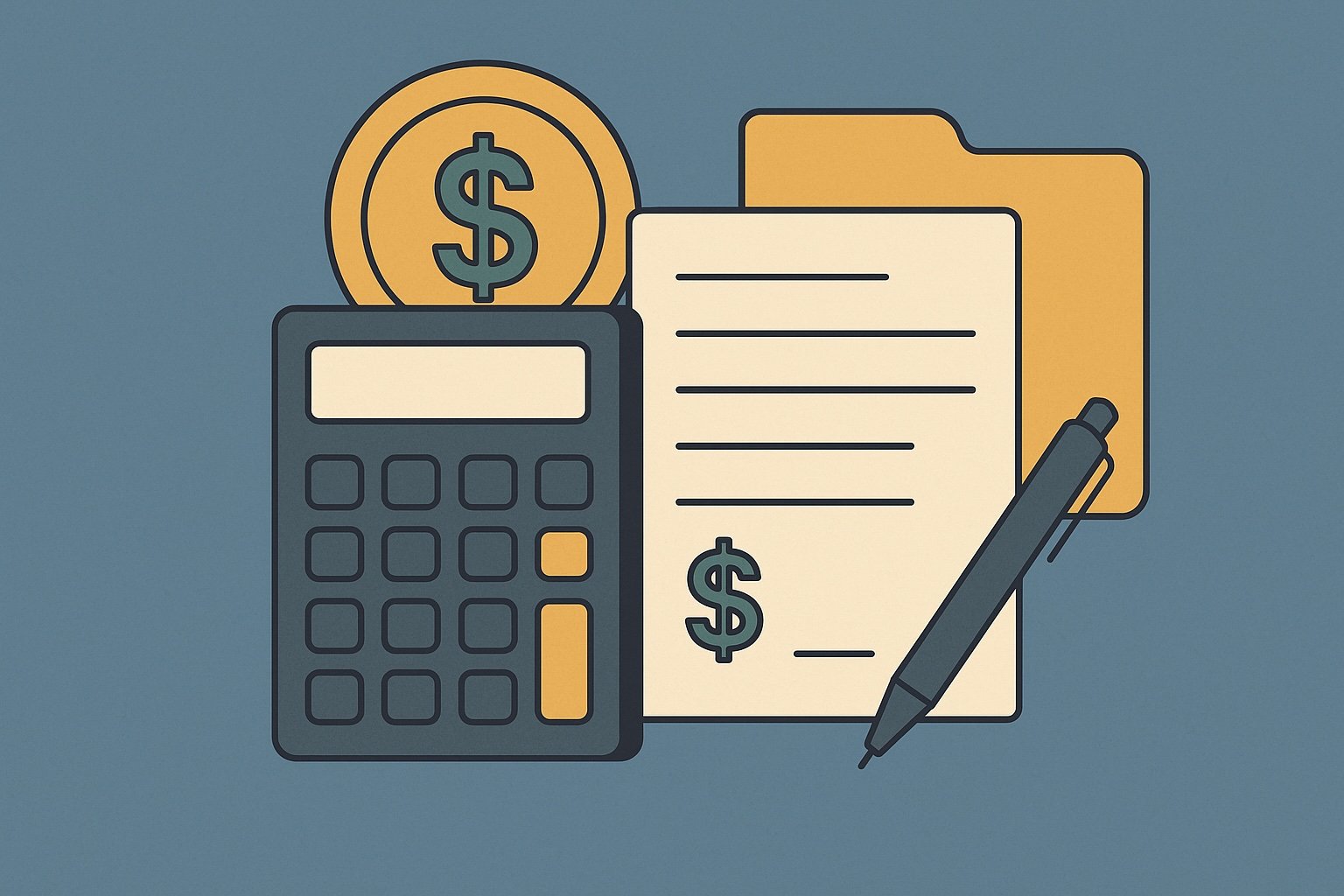Question
ARTE's Answer
A reverse 1031 exchange is a type of like-kind exchange under Section 1031 of the Internal Revenue Code, where the replacement property is acquired before the relinquished property is sold. This is the opposite of a traditional 1031 exchange, where the relinquished property is sold first, and then the replacement property is acquired. Reverse exchanges are particularly useful when a taxpayer finds a desirable replacement property but has not yet sold their current property.
The process of a reverse 1031 exchange involves several key steps and requirements, which are outlined in Revenue Procedure 2000-37. This procedure provides a safe harbor for reverse exchanges, allowing taxpayers to defer capital gains taxes if they meet specific criteria, including completing the exchange within 180 days.
In a reverse exchange, the taxpayer cannot hold title to both the relinquished and replacement properties simultaneously. Instead, an Exchange Accommodation Titleholder (EAT) is used to "park" one of the properties. The EAT temporarily holds title to either the replacement property or the relinquished property until the exchange is completed.
Here's how a reverse 1031 exchange typically works:
- Identify the Replacement Property: The taxpayer identifies and decides to acquire the replacement property before selling the relinquished property.
- Engage a Qualified Intermediary: At Deferred.com, we act as the qualified intermediary to facilitate the exchange. We ensure that the transaction complies with IRS regulations and that the taxpayer does not have constructive receipt of the funds.
- Use of an Exchange Accommodation Titleholder (EAT): The EAT, often a separate entity, temporarily holds title to the replacement property. This is known as "parking" the property. The taxpayer may loan funds to the EAT to acquire the replacement property.
- Complete the Exchange: The taxpayer has 180 days to sell the relinquished property. Once the relinquished property is sold, the EAT transfers the replacement property to the taxpayer, completing the exchange.
- Meet the 180-Day Requirement: The entire transaction, from the acquisition of the replacement property to the sale of the relinquished property, must be completed within 180 days to qualify for tax deferral.
Let's consider an example to illustrate a reverse 1031 exchange:
Imagine you own a commercial property that you plan to sell, but you come across a prime piece of real estate that you want to acquire immediately. You decide to proceed with a reverse 1031 exchange. You contact us at Deferred.com to act as your qualified intermediary.
- You identify the new property you want to purchase for $500,000. You arrange for the EAT to acquire this property using funds you provide.
- The EAT holds the title to the new property while you work on selling your current commercial property.
- Within 180 days, you successfully sell your existing property for $600,000. The proceeds from this sale are used to complete the exchange.
- The EAT then transfers the title of the new property to you, finalizing the reverse 1031 exchange.
By structuring the transaction this way, you defer the capital gains tax on the sale of your original property, allowing you to reinvest the full proceeds into the new property. This strategy can be particularly advantageous in a competitive real estate market where timing is crucial.
At Deferred.com, we ensure that all aspects of the reverse 1031 exchange are handled smoothly, providing you with a cost-effective solution through our "No Fee Exchange" service. This allows you to maximize your investment potential while adhering to IRS guidelines.
Have more questions? Call us at 866-442-1031 or send an email to support@deferred.com to talk with an exchange officer at Deferred.
Sources
1031 Question? Ask ARTE
Deferred's AI 1031 Research Assistant is trained on 8,000+ pages of US tax law and outperforms human CPAs by 22%+
CHAT NOW
Learn More
See more frequently asked questions about 1031 exchanges








